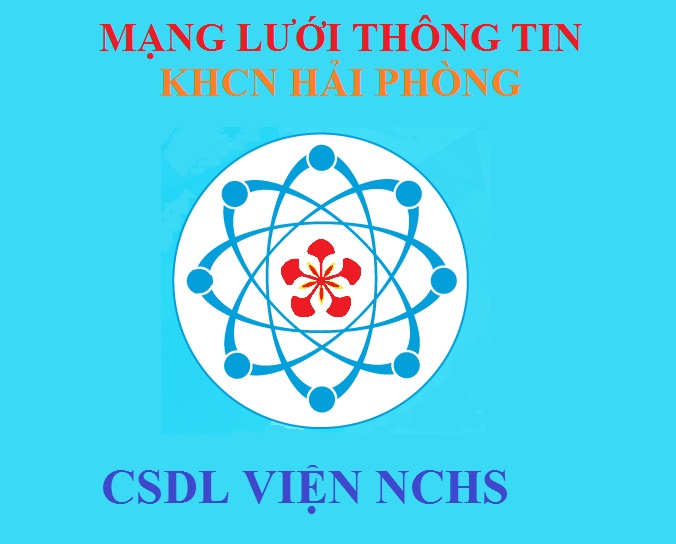General Information
Author: Đặng Minh Dũng , Phạm Thành Công, Đỗ Mạnh Dũng, Lại Duy PhươngIssued date: 23/11/2020
Issued by: Tạp chí Nông nghiệp và Phát triển nông thôn
Content
Tóm tắt:
Nghiên cứu xác định của thức ăn đến tỷ lệ thành thục cá nác, thí nghiệm được thực hiện gồm 3 công thức: CT1: 100% thức ăn viên hàm lượng protein 30%, CT2: 50% thức ăn viên hàm lượng protein 30% và 50% thức ăn chế biến (thịt cá tạp, tép moi khô, cám gạo), CT3: 100% thức ăn chế biến, mỗi công thức được lặp lại 3 lần. Thí nghiệm ở bể ximăng, thể tích 2m2/bể, mật độ cá nuôi vỗ: 30 con/m2, tỷ lệ đực cái: 1:1. Nghiên cứu xác định liều lượng kích dục tố kích thích sinh sản cá nác cái gồm 6 nghiệm thức: NT1: liều 1 LRHa 2µg, liều 2 LRHa 3µg+HCG 1000 UI +DOM 5mg; NT2: liều 1 LRHa 2µg, liều 2 LRHa 3µg+HCG 1500 UI +DOM 5mg; NT3: liều 1 LRHa 3µg, liều 2 LRHa 4µg+HCG 1000 UI +DOM 5mg; NT4: liều 1 LRHa 2µg, liều 2 LRHa 4µg+HCG 1500 UI +DOM 5mg; NT5: liều 1 LRHa 3µg, liều 2 LRHa 5µg+HCG 1000 UI +DOM 5mg; NT6: liều 1 LRHa 3µg, liều 2 LRHa 5µg+HCG 1500 UI +DOM 5mg. Cá đực kích thích sinh sản gồm 3 nghiệm thức: NT1, NT2: LRHa 3µg; NT3, NT4: LRHa 4µg; NT5, NT6: LRHa 5µg. Sử dụng 30 cặp cá/nghiệm thức để xác định liều lượng kích dục tố thích hợp kích thích cá nác sinh sản nhân tạo. Kết quả thí nghiệm về nuôi vỗ thành thục cá nác bằng công thức thức ăn CT2 với khẩu phần cho ăn 50% là thức ăn viên hàm lượng protein 30% và 50% là thức ăn chế biến (có thành phần chính là thịt cá tạp, tép moi khô, cám gạo) đạt tỷ lệ cá cái thành thục 80% và cá đực là 63,3%. Sức sinh sản tuyệt đối cá nuôi vỗ trung bình 4.561±278 trứng/cá thể và sức sinh sản tương đối trung bình: 355±23 trứng/g. Kích dục tố NT4 liều lượng thuốc LHRHa 3µg ở liều tiêm sơ bộ và LHRHa (4µg) + HCG (1.500UI) +DOM (5mg/kg) liều tiêm quyết định là phù hợp nhất, đạt tỷ lệ cá cái đẻ trứng 60% và thời gian hiệu ứng thuốc là 51h10 phút, tỷ lệ trứng thụ tinh đạt 64,6%, tỷ lệ nở của trứng 76,3%.
Từ khóa: Cá nác, Boleophthalmus pectinirostris, kích dục tố, thức ăn.
Abstract:
Determination of the feed to the maturity rate of mudskipper, the experiment included 3 formulas: CT1: 100% protein pellet 30%, CT2: 50% protein pellet 30% and 50% is processed food (trash fish, dried shrimp, rice bran), CT3: 100% processed food, each recipe is repeated 3 times. Experiment in cement tanks, volume 2m2/tank, fish density: 30 fish/m2, ratio of males: 1: 1. The study to determine the female reproductive stimulant dose includes 6 treatments: NT1: dose 1 LRHa 2µg, dose 2 LRHa 3µg + HCG 1000 UI + DOM 5mg; NT2: dose 1 LRHa 2µg, dose 2 LRHa 3µg + HCG 1500 UI + DOM 5mg; NT3: dose 1 LRHa 3µg, dose 2 LRHa 4µg + HCG 1000 UI + DOM 5mg; NT4: dose 1 LRHa 2µg, dose 2 LRHa 4µg + HCG 1500 UI + DOM 5mg; NT5: dose 1 LRHa 3µg, dose 2 LRHa 5µg + HCG 1000 UI + DOM 5mg; NT6: dose 1 LRHa 3µg, dose 2 LRHa 5µg + HCG 1500 UI + DOM 5mg. Male fish stimulated reproduction include 3 treatments: NT1, NT2: LRHa 3µg; NT3, NT4: LRHa 4µg; NT5, NT6: LRHa 5µg. Using 30 pairs of fish/treatment to determine the appropriate dose of hormones to stimulate artificial reproduction. Experimental results on maturing mudskipper with formula CT2 with the feeding diet of 50% being 30% protein pellets and 50% processed food (the main ingredient is trash fish. , dried shrimps, rice bran) reached the rate of mature female 80% and male fish 63.33%. The average absolute fertility of farmed fish was 4,561 ± 278 eggs/individual and the average relative fertility: 355 ± 23 eggs/g. The most suitable dose of NT4 hormone, LHRHa 3µg and LHRHa (4µg) + HCG (1,500UI) + DOM (5mg/kg) is the most suitable, reaching 60% spawning rate and time of effect. The response to the drug was 51h10 minutes, the rate of fertilized eggs reached 64.6%, the hatching rate of eggs was 76.3%.
Keywords: Mudskipper, Boleophthalmus pectinirostris, hormones, food.
Download













